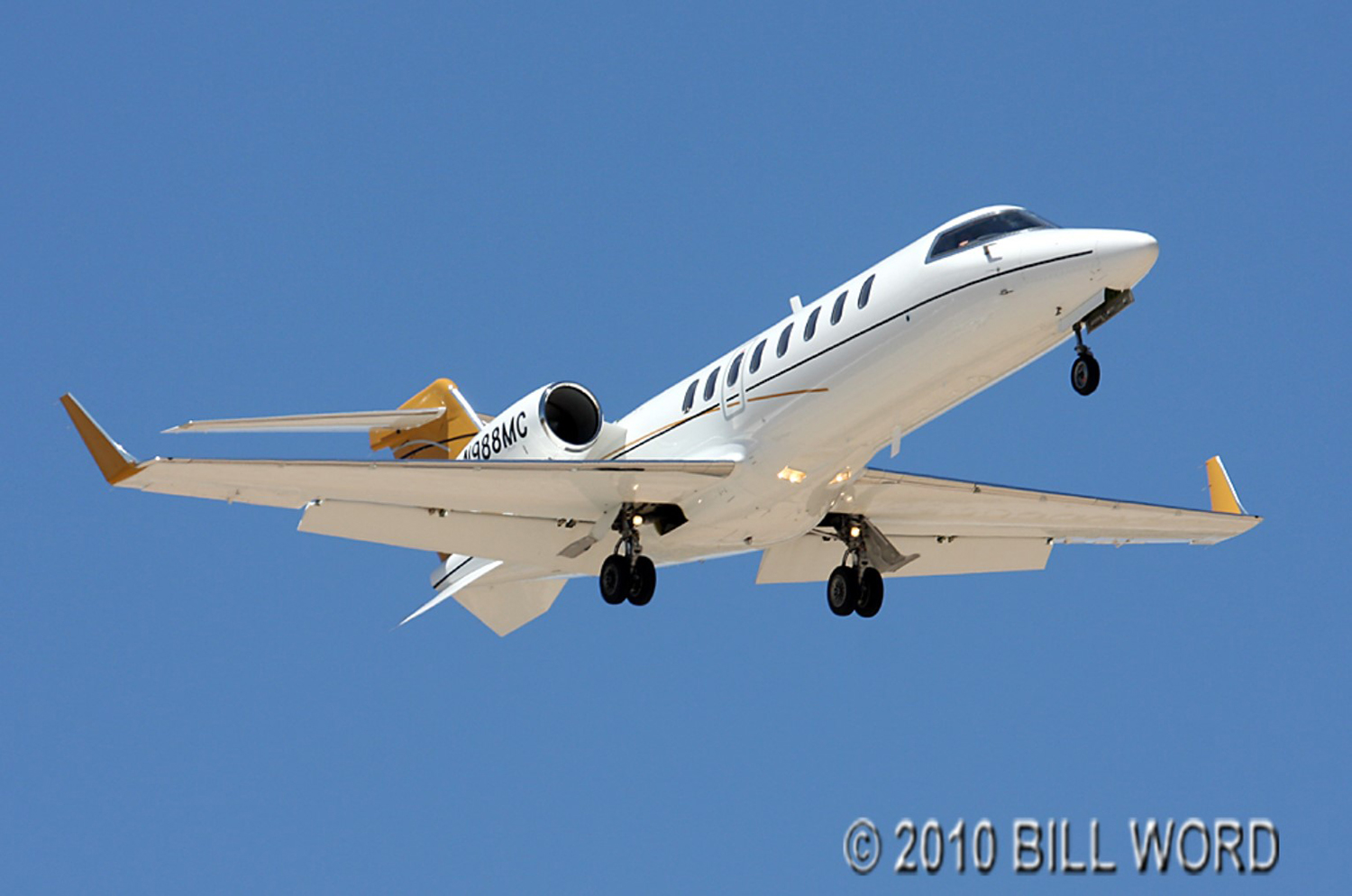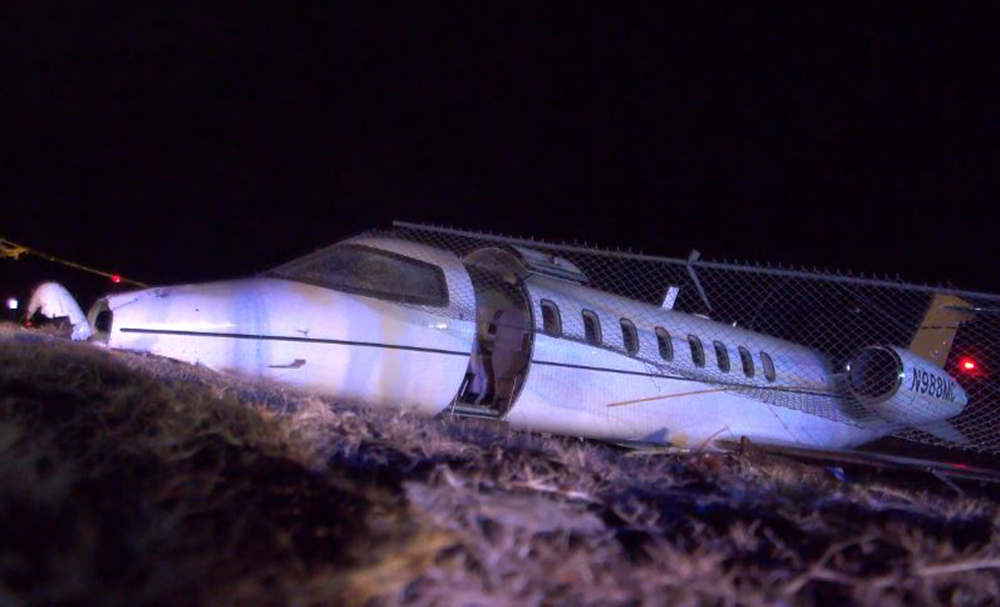Country
Crash of a Learjet 45 in Xalapa
Date & Time:
Oct 4, 2023 at 1133 LT
Registration:
XA-JAO
Survivors:
Yes
Schedule:
Tuxtla Gutiérrez – Xalapa
MSN:
45-042
YOM:
1999
Crew on board:
2
Crew fatalities:
Pax on board:
5
Pax fatalities:
Other fatalities:
Total fatalities:
0
Circumstances:
After landing on runway 26 at Xalapa-El Lencero Airport, the airplane went out of control, veered off runway and came to rest in a bushy and grassy area. All seven occupants were rescued and the airplane was damaged beyond repair.
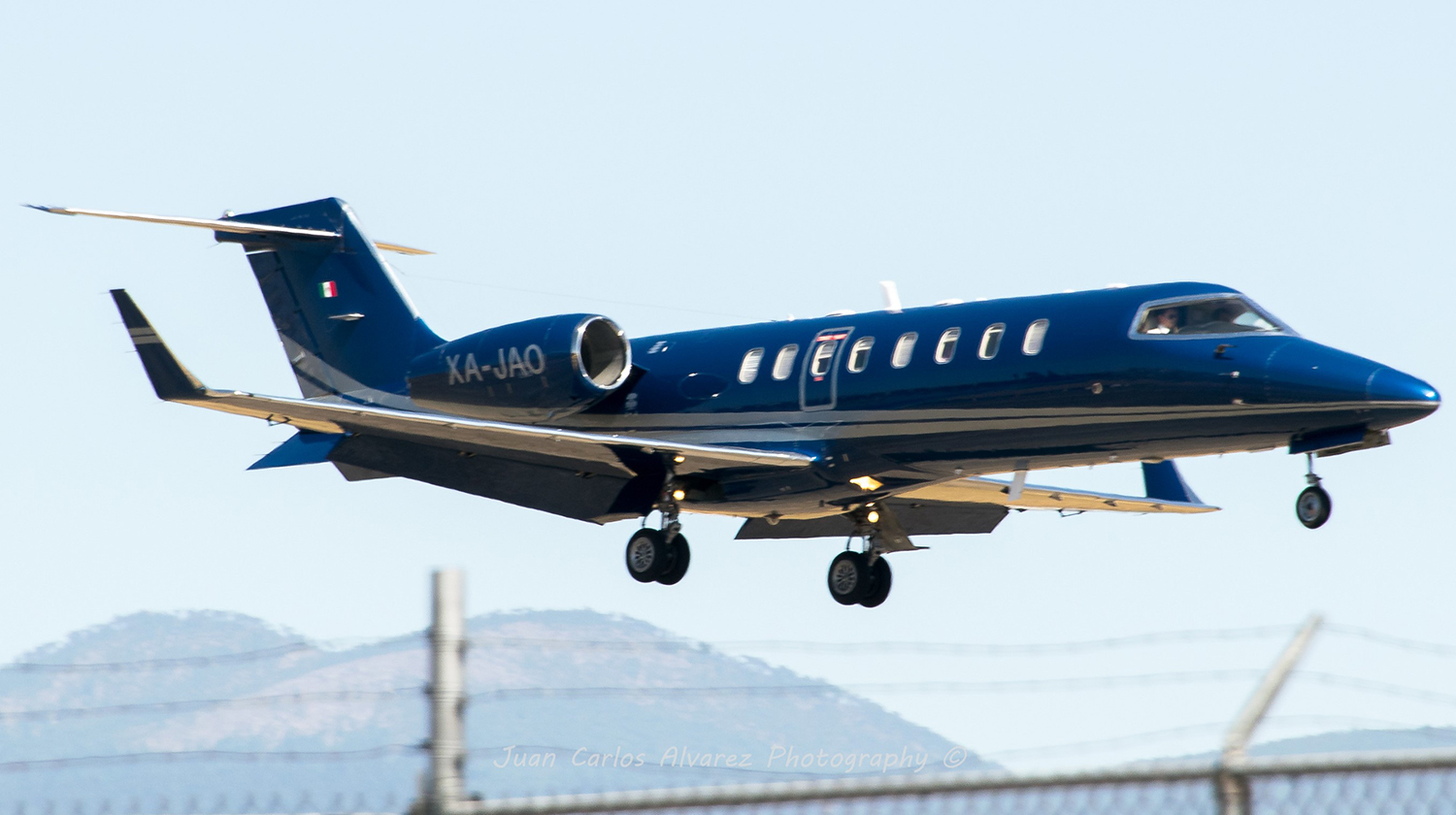
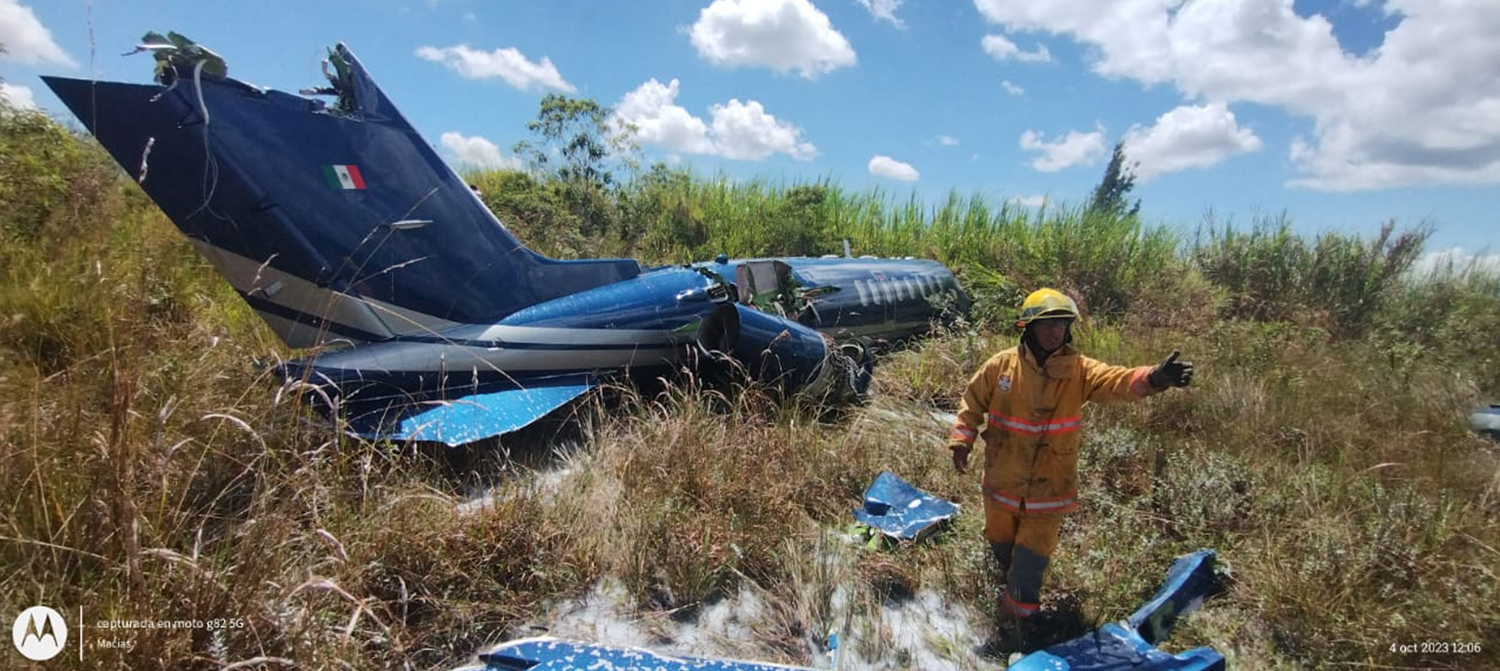
Crash of a Learjet 45 in Mumbai
Date & Time:
Sep 14, 2023 at 1705 LT
Registration:
VT-DBL
Survivors:
Yes
Schedule:
Visakhapatnam – Mumbai
MSN:
45-404
YOM:
2009
Crew on board:
2
Crew fatalities:
Pax on board:
6
Pax fatalities:
Other fatalities:
Total fatalities:
0
Circumstances:
The approach to Mumbai-Chhatrapati Shivaji Airport was completed in poor weather conditions with reduced visibility due to heavy rain falls. On short final, the airplane was in a nose down attitude and rolling to the right when it impacted the runway surface. It went out of control, veered off runway and came to rest in a grassy area, broken in two. A small fire was quickly extinguished. All eight occupants were injured.

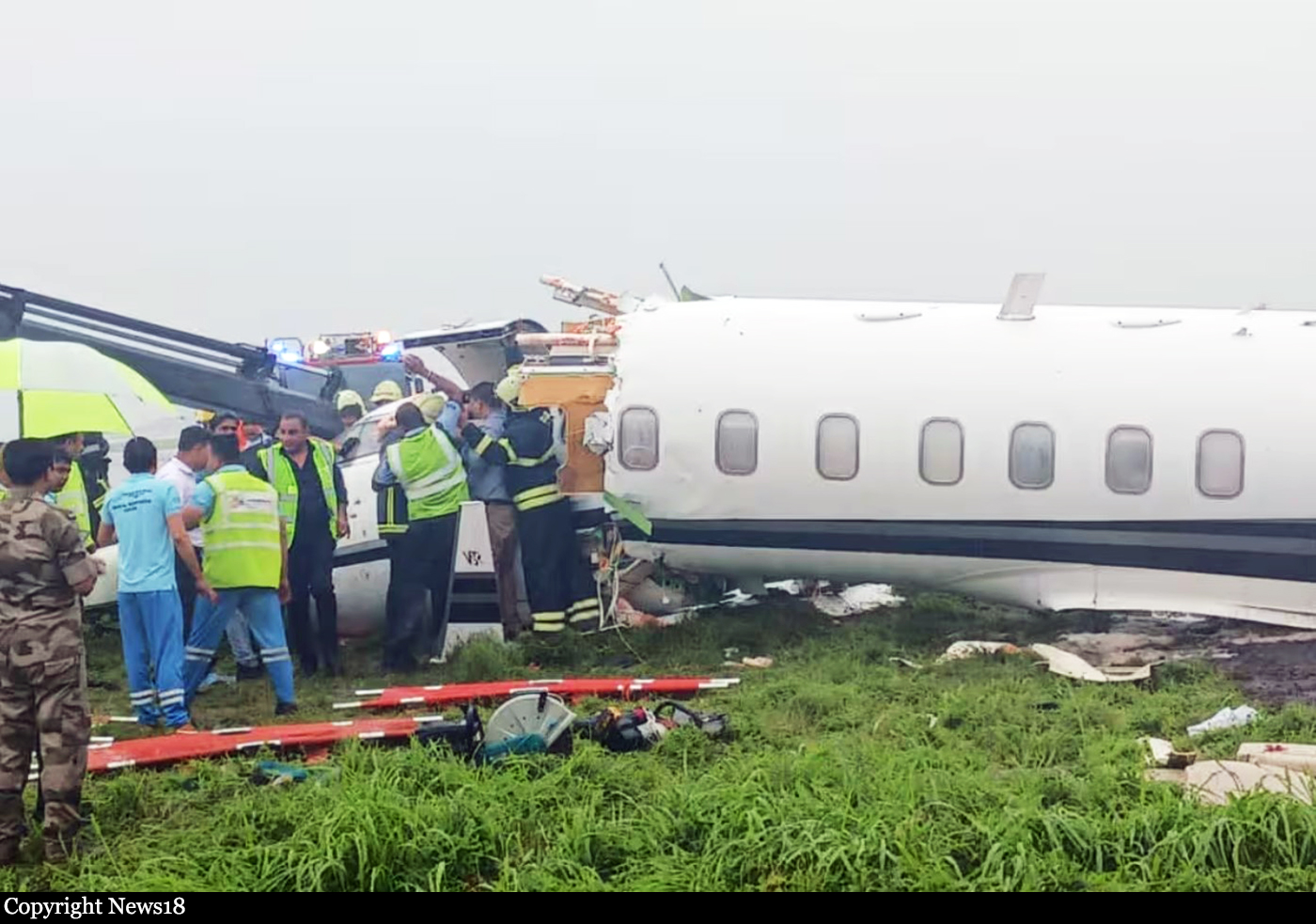
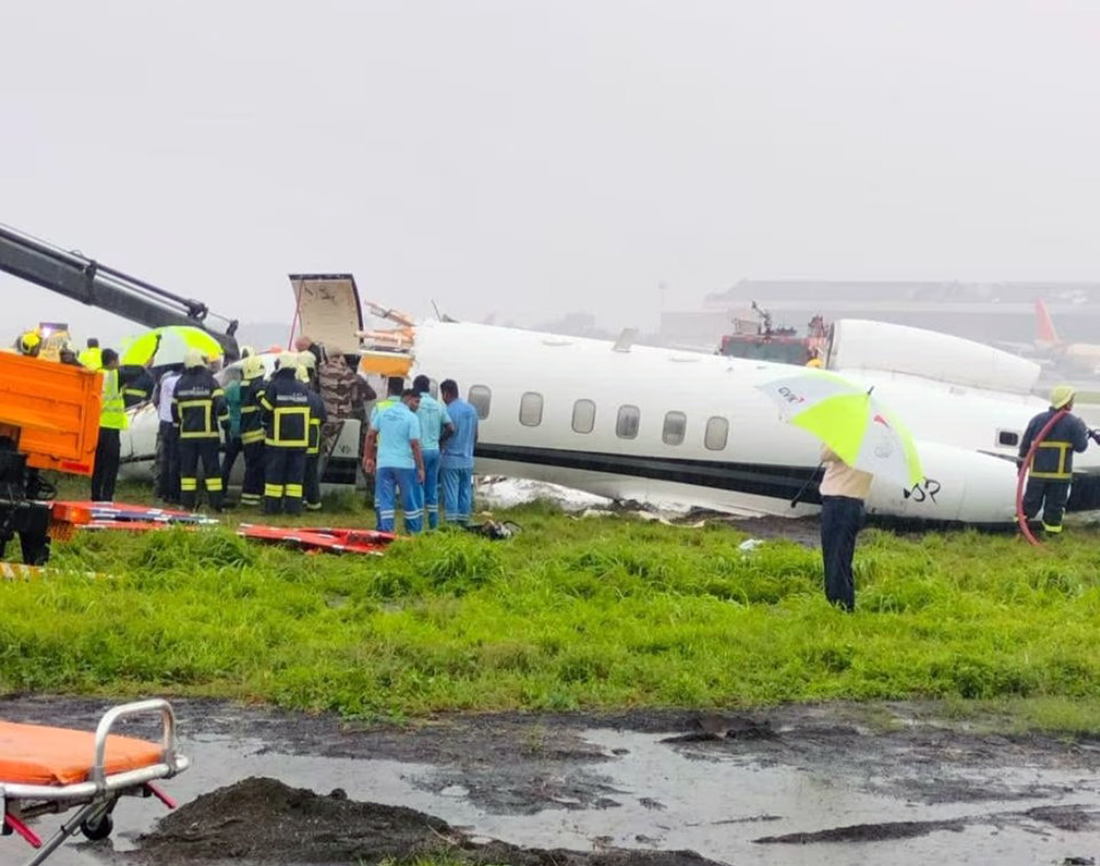
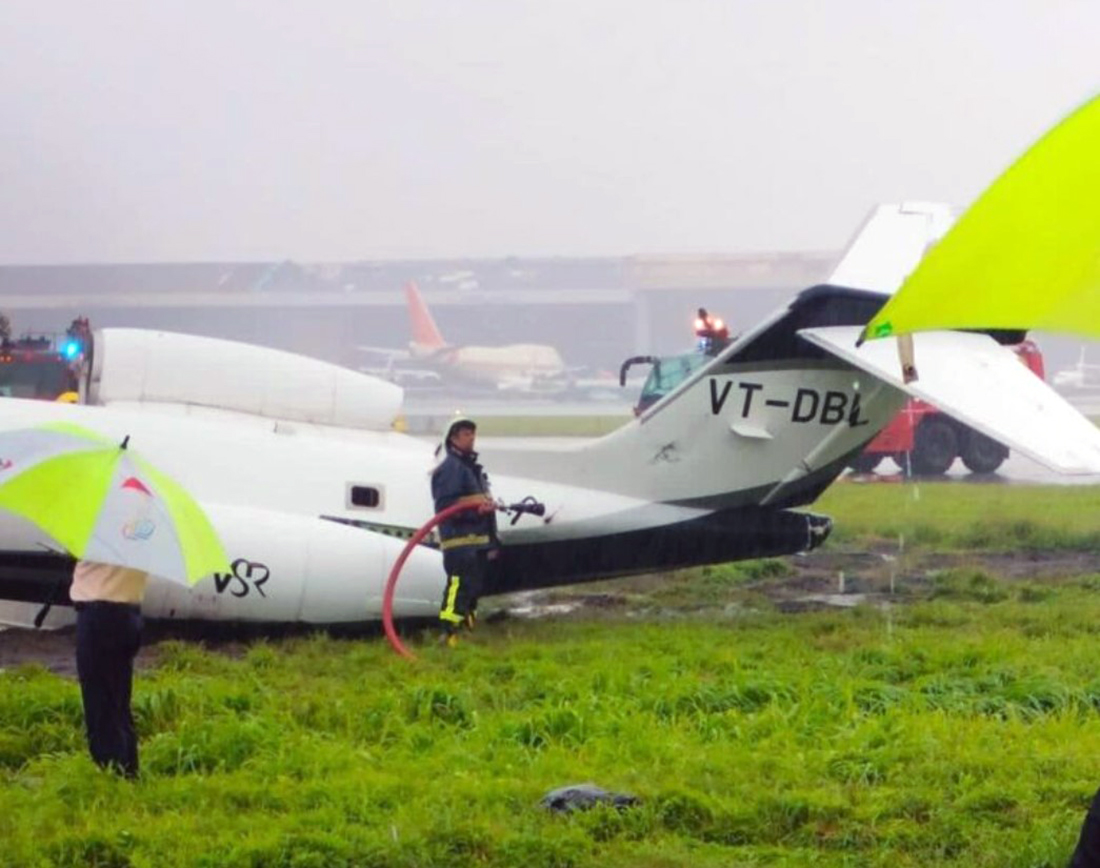
Crash of a Learjet 45 in Batesville
Date & Time:
Nov 29, 2022 at 1910 LT
Registration:
N988MC
Survivors:
Yes
Schedule:
Waterloo – Batesville
MSN:
45-352
YOM:
2007
Flight number:
DHR003
Crew on board:
2
Crew fatalities:
Pax on board:
6
Pax fatalities:
Other fatalities:
Total fatalities:
0
Captain / Total hours on type:
1560.00
Copilot / Total hours on type:
263
Aircraft flight hours:
2490
Circumstances:
The two pilots were conducting a business flight with six passengers when the accident occurred. During the night arrival the captain flew a visual approach with excessive airspeed
and the airplane crossed the runway threshold more than 50 knots above approach speed (Vref). The before-landing checklist was not completed, and the flaps were at an incorrect 20° position instead of 40°. The airplane touched down near the midfield point of the 6,022 ft non grooved runway, which was wet due to earlier precipitation. The captain initially applied intermittent braking, then applied continuous braking starting about 2,069 ft from the end of the runway. The captain did not deploy the thrust reversers. The airplane exited the runway above 100 knots ground speed, then continued into a ditch and airport perimeter fence, which resulted in substantial damage to the forward fuselage. Examination of the airplane revealed no mechanical anomalies that would have precluded normal operation. The operator’s flight manual directed that all approaches were to be flown using the stabilized approach concept. For a visual approach, this included establishing and maintaining the proper approach speed and correct landing configuration at least 500 ft above the airport elevation. Neither pilot recognized the requirement to execute a go-around due to the excessive approach speed or the long landing on a wet runway, which resulted in the runway excursion.
and the airplane crossed the runway threshold more than 50 knots above approach speed (Vref). The before-landing checklist was not completed, and the flaps were at an incorrect 20° position instead of 40°. The airplane touched down near the midfield point of the 6,022 ft non grooved runway, which was wet due to earlier precipitation. The captain initially applied intermittent braking, then applied continuous braking starting about 2,069 ft from the end of the runway. The captain did not deploy the thrust reversers. The airplane exited the runway above 100 knots ground speed, then continued into a ditch and airport perimeter fence, which resulted in substantial damage to the forward fuselage. Examination of the airplane revealed no mechanical anomalies that would have precluded normal operation. The operator’s flight manual directed that all approaches were to be flown using the stabilized approach concept. For a visual approach, this included establishing and maintaining the proper approach speed and correct landing configuration at least 500 ft above the airport elevation. Neither pilot recognized the requirement to execute a go-around due to the excessive approach speed or the long landing on a wet runway, which resulted in the runway excursion.
Probable cause:
The crew’s failure to execute a go-around during the unstable approach and long landing, which resulted in a runway excursion.
Final Report:
